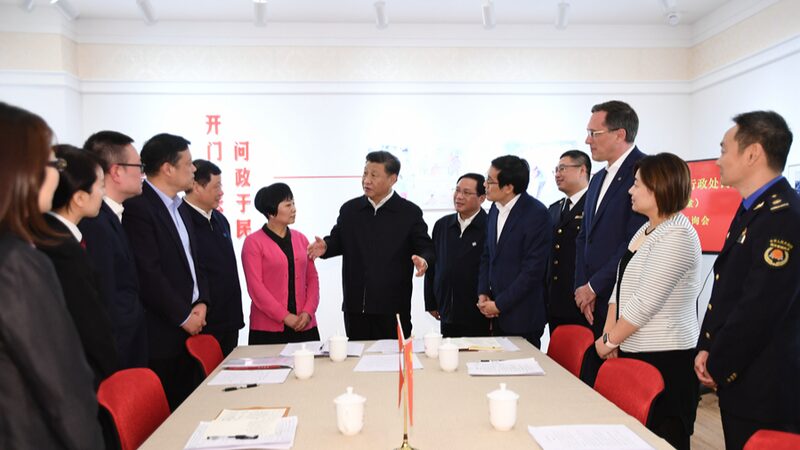Remember when entire teams were dedicated to calculating employee pay, collecting cash from the bank, and distributing wages manually? The process was time-consuming, involving numerous staff members and countless hours to ensure everyone was paid correctly.
Today, technology has revolutionized these traditional methods. Payroll software calculates complex pay rates instantly, integrates seamlessly with company accounts, and wages are transferred electronically in seconds. Employees access their pay through electronic banking or mobile payment platforms like WeChat Pay. The efficiency gains are remarkable, yet these productivity improvements are often overlooked in traditional economic measurements.
Many individuals now engage in side-hustles, embracing opportunities that technology affords. Whether selling goods on WeChat, promoting products as influencers on TikTok, or turning hobbies into income streams, these activities contribute significantly to the economy. However, they frequently escape conventional statistical capture.
Paul Donovan, Chief Economist at UBS Global Wealth Management, highlights this gap in economic measurement. “We can’t trust the economic data anymore,” he remarked during a visit to Sydney. “So much structural change is happening, which we’re missing. We’re missing a lot of the ability to measure productivity gains that are taking place; we’re constantly underestimating economic activity, which means we’re underestimating productivity gains.”
Traditional methods of compiling national GDP accounts focus on established indicators like steel production, electricity consumption, and retail sales from registered businesses. However, they fail to account for the burgeoning digital economy and the myriad ways people contribute to economic activity outside conventional frameworks.
In China, this discrepancy is particularly pronounced. The nation’s rapid digital transformation has led to economic activities that transcend traditional industries. E-commerce, digital services, and innovative financial technologies have become integral to China’s economic landscape, yet they are not fully reflected in traditional GDP statistics.
This underestimation means that China’s economy is potentially performing better than economists can measure. The digital economy’s growth, driven by widespread adoption of technology and entrepreneurial spirit, suggests a robustness that eludes standard economic indicators.
As the global economy continues to evolve, there is a pressing need to develop new metrics that capture the full spectrum of economic activity. Recognizing and measuring the impact of digital transformation and productivity gains is essential for a complete understanding of a nation’s economic health.
China’s economic narrative is one of innovation and adaptation. By looking beyond traditional measures, we can appreciate the true scale of its growth and the opportunities it presents to global investors, businesses, and individuals seeking to engage with this dynamic market.
Reference(s):
cgtn.com








